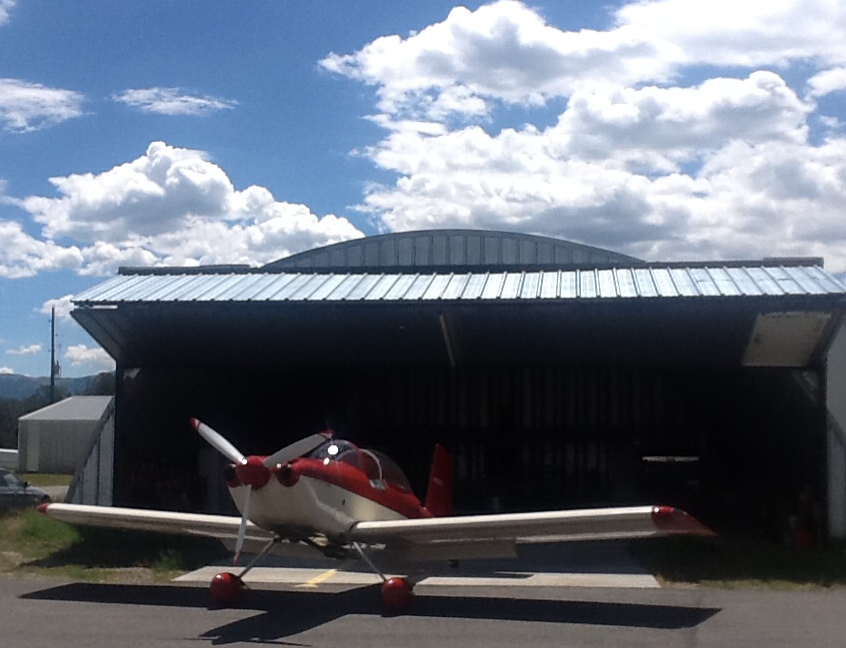Tracy , Great looking airport !!........What is your hangar situation in Salida ??
Kelly
Met a local pilot who had room in his hangar and willing to share space. He only flys his Cessna 180 a few times a year back and forth to home in TX so it worked out great for both of us.
Tracy
 Sent from my iPad

image.jpeg
|